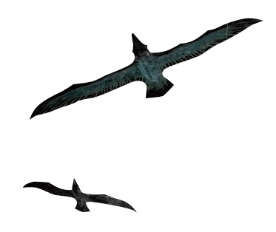Yet, it was not until the mid-20th century that they became known for sleek, sophisticated aesthetics. In the early 1930s, manufacturers of glass for domestic use partnered with artists and emphasized design, adopting the motto “more beautiful things for everyday use.” Art glass—a term typically referring to glass that serves a sculptural or decorative purpose—emerged from this factory system and the alliance of art and craft. This category of glass production, as well as studio glass, continues to thrive in the Nordic countries.
Western Washington, too, is a world-renowned region for the creation of contemporary glass. Washingtonian Dale Chihuly’s early involvement in the American Studio Glass Movement in the 1960s and the establishment of Pilchuck Glass School and Pratt Fine Arts Center in the 1970s fostered an environment in which nearly 700 artists and 100 studios now specialize in the medium, and sophisticated collectors support their work.
Since its relocation to this new purpose-built space in 2018, the National Nordic Museum has welcomed important pieces of Nordic glass into its collection through the generous gifts of local collectors. Additionally, the Museum acquired Migration, a stained-glass installation from Faroese artist Tróndur Patursson, as a permanent fixture of its iconic Fjord Hall. New Nordic Glass: Recent Acquisitions highlights a growing area of strength in the Museum’s permanent collection and links the creative glass communities of the Nordic countries with Western Washington. See the Museum’s recent acquisitions by Simon Gate, Tobias Møhl, Sven Palmqvist, Stig Persson, Oiva Toikka, Bertil Vallien, and Ulrica Hydman-Vallien, and learn more about Patursson’s installation in this special exhibition.
New Nordic Glass: Recent Acquisitions is curated by Leslie Anne Anderson, Director of Collections, Exhibitions, and Programs.
Image shown: Stig Persson, Layers No. 2, 2009


